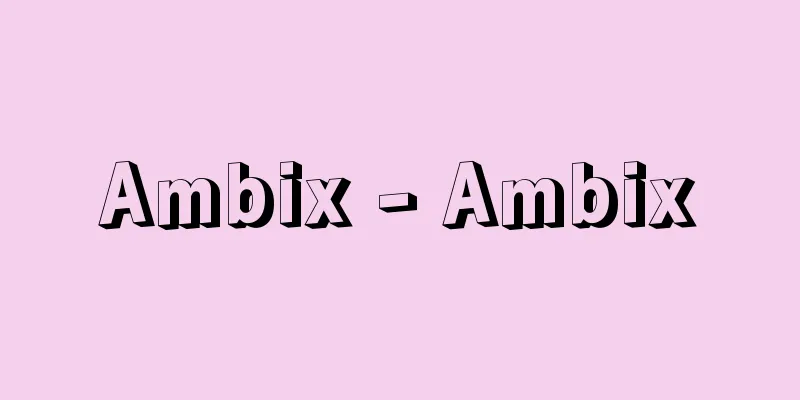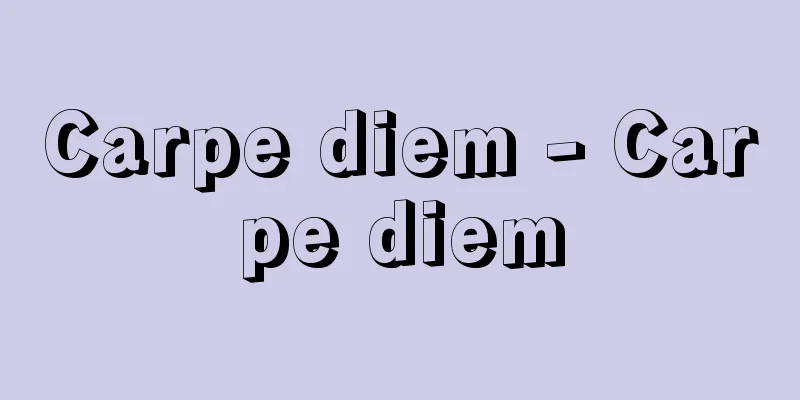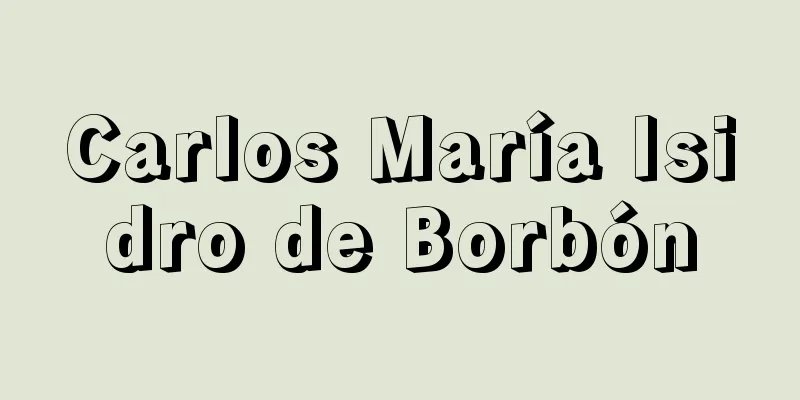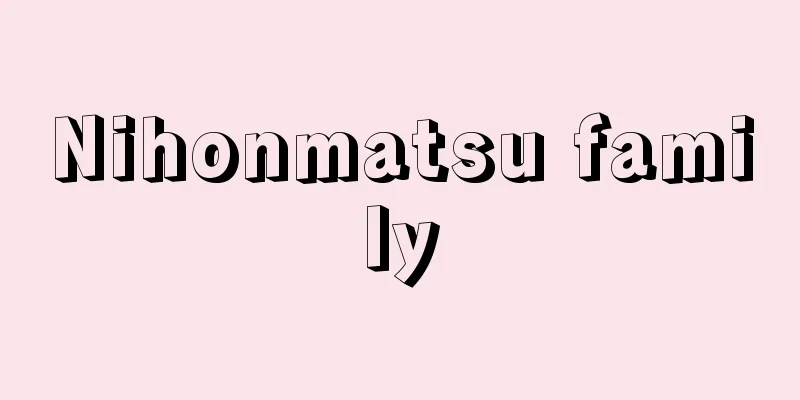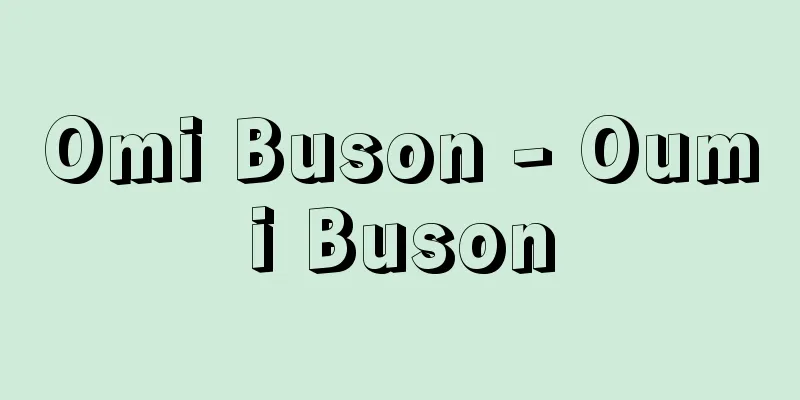Cardboard - Danboru

|
Corrugated cardboard is made by pasting a cardboard liner on one or both sides of a corrugated core. There are single-sided, double-sided, multi-sided and triple-sided cardboards, and the number of cardboard types is classified as A, B, C and E. It is assembled and used for various cardboard boxes. Depending on the purpose, it is classified as individual packaging, interior and exterior cardboard, etc. Corrugated board was invented in America and Germany in 1870. It is said that it was inspired by corrugated iron sheets and the wrinkle rolls used in dry cleaning. In Japan, about 40 years later in 1909 (Meiji 42), Inoue Sadajiro and Yoshida Eikichi (Hoshinsha) of Sanseisha (the predecessor to Rengo) were looking for packaging material for fragile light bulbs and were inspired by imported cardboard. They created corrugated paper with a hand-cranked roll and struggled to apply glue to flat paper. Corrugated cardboard core base paper is divided into three classes, A, B, and C, in order of strength, and each is made into paperboard with a basis weight of 125 grams per square meter. In the past, there were three types of core base paper: (1) a strong pulp core made mainly from pulp extracted from wood chips using the neutral sulfite semi-chemical method, (2) a yellow core made mainly from straw pulp and recycled pulp from waste paper, and (3) a special core made from recycled pulp from waste paper, but now the three types have been integrated and are classified by performance (strength). Generally, chip cores are made on a fourdrinier papermaking machine, and the others are made on a cylinder papermaking machine. Cardboard liners are also classified as A, B, and C in order of strength, and are divided into exterior liners, interior liners, and other liners according to their use, with exterior liners being required to be particularly strong. Cardboard liners have a basis weight of 180 to 340 grams per square meter, which is much thicker than corrugating medium paper, and they are required to be stronger in all respects, except for their similar compressive strength. Paper made only from unbleached kraft pulp is called pulp liner, which is strong. Paper made from unbleached kraft pulp and recycled pulp from waste paper is called jute liner. The former is usually made on a Fourdrinier papermaking machine or Inverform machine, and the latter on a cylinder papermaking machine or Inverform machine. Corrugated cardboard has a set number of layers for A, B, C, and E, but the order is not uniform, with the standard number of layers per 30 centimeters being 34 for A, 50 for B, 40 for C, and 94 for E. Individual packaging cardboard is used primarily for cardboard boxes used to package the smallest unit of goods that will be handed over to the user, exterior cardboard is used primarily for boxes used for transportation, and interior cardboard is used for boxes used to bundle and protect individual packages. After World War II, due to a shortage of box materials caused by the depletion of wood, especially softwood resources, and requests from the industrial sector for the rationalization of packaging, corrugated cardboard boxes became increasingly popular, replacing wooden boxes for shipping. In addition, because it is possible to reuse empty boxes and regenerate pulp and paper from unusable boxes, the production of corrugated cardboard and its base paper grew remarkably, supported by economic growth. [Akio Mita April 18, 2016] Source: Shogakukan Encyclopedia Nipponica About Encyclopedia Nipponica Information | Legend |
|
波形に成形した中芯(なかしん)原紙の片面または両面に段ボール用ライナーを張ったもの。片面、両面、複両面、複々両面の各段ボールなどがあり、また段の種類には段数によってA、B、CおよびE段などがある。組み立てて各種段ボール箱などに用いる。用途により個装、内装および外装用の段ボールなどに分類される。 段ボールは1870年アメリカとドイツで発明された。これは波状鉄板やクリーニングで用いるしわ付けロールにヒントを得たのだといわれている。日本では約40年下って1909年(明治42)割れやすい電球の包装材料を求めていた三成社(レンゴーの前身)の井上貞治郎および吉田栄吉(豊進社)が輸入段ボールにヒントを得、手廻しロールで波型紙をつくり平らな紙に糊(のり)付けするのに苦心しながら製作したのが始まりという。 段ボールの中芯用原紙は強度の順にA、BおよびCの三階級に分かれ、いずれも坪(つぼ)量125グラム/平方メートルの板紙に抄(す)かれる。かつて中芯用原紙としては、〔1〕中性亜硫酸セミケミカル法で木材チップから得られたパルプを主原料とした強度の強いパルプ芯、〔2〕藁(わら)パルプと古紙の再生パルプを主原料とする黄芯、〔3〕古紙の再生パルプから得られる特芯が規定されていたが、現在では3種は統合され、性能(強度)で分類される。一般にチップ芯は長網(ながあみ)抄紙機で抄かれ、他は円網(まるあみ)抄紙機で抄かれる。 段ボール用ライナーも強度の順にA、BおよびCに分けられ、用途別に外装用ライナーと内装用ライナーおよびその他ライナーがあり、外装用ライナーはとくに大きな強さが求められる。段ボール用ライナーの厚みは坪量180~340グラム/平方メートルで、中芯原紙に比べるとはるかに厚く、また強度も圧縮強さが同等である以外は、いずれもより大きな強さが要求される。未晒(みさらし)クラフトパルプのみで抄紙したものをパルプライナーとよび、強度が強い。また、未晒クラフトパルプと古紙の再生パルプとを原料として抄紙したものをジュートライナーとよぶ。通常、前者は長網抄紙機またはインバーフォームマシンで抄紙し、後者は円網抄紙機またはインバーフォームマシンで抄紙する。段ボールのA、B、CおよびE段は段数を規定するが、その順序は一部不同で、30センチメートル当りA段は34段、B段は50段、C段は40段で、E段は94段が標準段数である。なお個装用の段ボールはおもに使用者の手元に渡る最小単位の物品を包装するための段ボール箱に、外装用ダンボールはおもに輸送用に用いる段ボール箱に、内装用の段ボールは個装をまとめ、それを保護するのに用いる段ボール箱用に、それぞれ用いられる。 第二次世界大戦後、木材とくに針葉樹資源の枯渇による箱材の不足と、産業界からの包装の合理化の要請により段ボール箱の普及は著しく、輸送用の箱は木箱にとってかわった。そのほか空き箱の再利用や使えなくなった箱からのパルプおよび紙の再生が可能なことなどから、段ボールとその原紙の生産の伸びは経済成長に支えられ目覚ましいものがあった。 [御田昭雄 2016年4月18日] 出典 小学館 日本大百科全書(ニッポニカ)日本大百科全書(ニッポニカ)について 情報 | 凡例 |
<<: Autotransformer - tanmakihenatsuki (English spelling) autotransformer
>>: Gunung Tambora (English spelling)
Recommend
Utricularia - Utricularia
A perennial plant of the Utricularia family (APG ...
Bill exchange
This is a system of exchange settlement in which m...
armored personnel carrier
…After World War II, the effectiveness of tanks a...
Chǔ Mín yì (English spelling)
1884‐1946 Chinese politician. Born in Wuxing, Zhej...
Catarrh - Catarrh (English spelling)
Pathologically, it is called catarrhal inflammati...
Omphacite - Omphacite
A mineral belonging to the alkali pyroxenes. Its c...
ma'rifa (English spelling) marifa
...In other words, Islam, which referred to faith...
Gajutsu - Arts
A perennial plant of the ginger family (APG class...
Shozo Oya
1893-1962 Politician and labor activist from the ...
Complementing the act of donation - Kifu Koinohoko
…However, if the founder dies without having dete...
Entertainment - Entertainment
It is often used for convenience to collectively ...
Mridanga - mdaga (English spelling)
A double-sided barrel-shaped drum from South Indi...
Gadeira
...Population: 156,711 (1981). Its ancient name w...
Datum (English spelling)
Datum is the singular form of data, and also refer...
Shiken
A Buddhist scripture translator who was active in...


